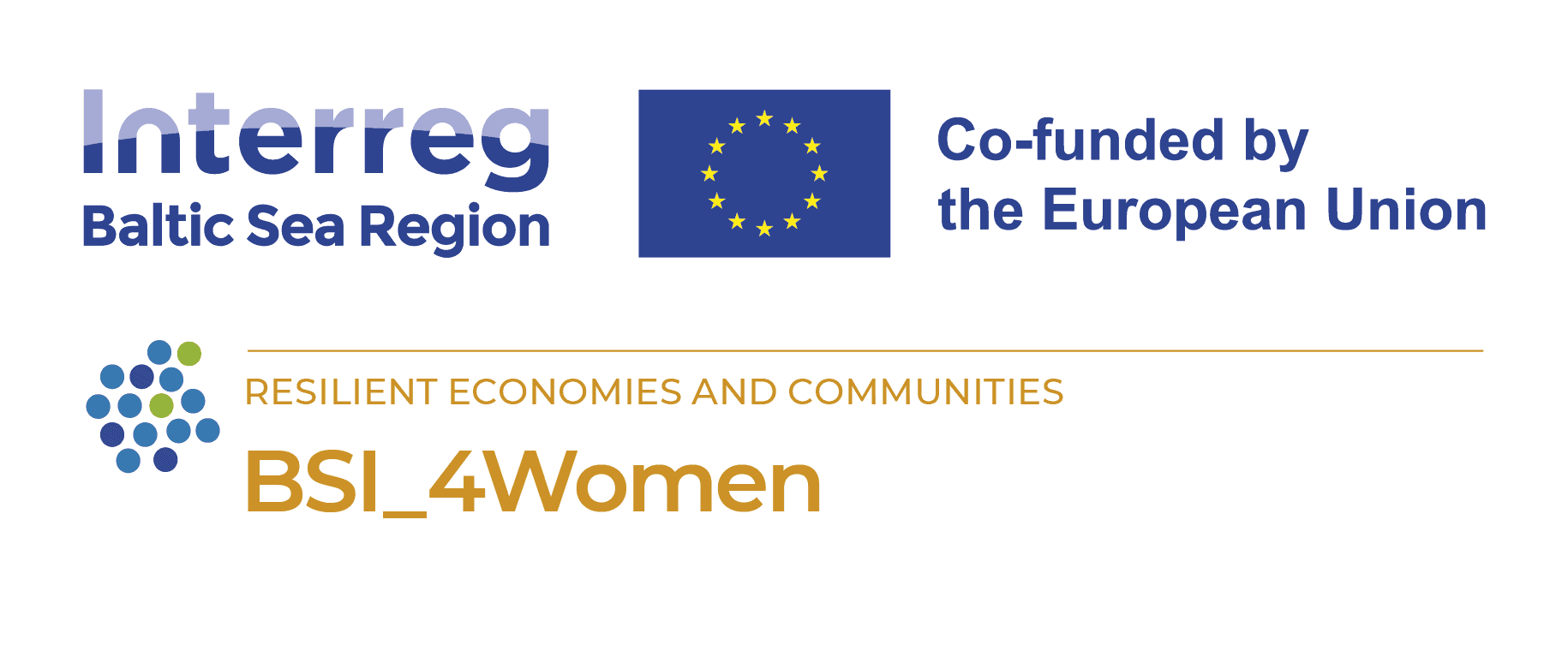
The Journey of Refugee Women in Denmark
25 March 2024
Empowering Refugee Women in Denmark
-Challenges and Supportive Measures
The BSI_4Women survey has provided us with a clear picture of the life of refugee women in Denmark. These women come from different parts of the world, such as Ukraine, Vietnam, Somalia, and Uzbekistan, looking for a safe place away from war and violence. The survey shows us that while they face many difficulties, Denmark is taking steps to help them settle and build new lives.
Challenges for Refugee Women
Refugee women in Denmark have been through a lot. They have faced dangers like sexual violence and have lived through the fear and pain of war. When they arrive in Denmark, they must overcome language barriers, which makes it hard for them to talk to others and fit into their new community. They often can’t use their professional skills because their qualifications from home are not recognized. This means many can’t find good jobs and might end up in work that doesn’t pay enough or isn’t safe. They also face serious issues like gender violence and discrimination, which can make their lives even harder.
Support from Denmark
Denmark knows these women need help and is working to provide it. The government and different organizations are working together to give refugee women the support they need. They get important services like a place to live, healthcare, and education. There are also special programs to help them learn Danish, get new job skills, and understand how to work in Denmark. This includes teaching them about gender equality and how to find jobs. In Aarhus, there are training programs and places like Danmarks største integrationshus and the International Community that help these women learn and meet employers. The government has also started programs like Subsidiær beskæftigelse and Subsidiær løntilskud. These programs encourage companies to hire refugees by helping with the cost. This can make it easier for refugee women to find work.
A Portrait of a Typical Refugee Woman in Denmark
In the heart of Denmark, a typical refugee woman’s story unfolds—a tale of resilience and hope amidst adversity. She may have journeyed from Ukraine, Vietnam, Somalia, or Uzbekistan, fleeing the shadows of war, violence, and persecution. Her past is marked by the harrowing experiences of sexual violence, exploitation, or the traumatic events of conflict. Upon her arrival in Denmark, she is greeted with a safety net of basic services. The state provides her with housing, healthcare, and education—a foundation upon which she can start to rebuild her life. Complementing these are the efforts of NGOs and volunteers who offer her legal advice, psychological support, and social guidance. They organize classes and workshops to help her adapt to her new surroundings, learn the local language, and understand the cultural nuances of her new home. Despite the support, her path is strewn with obstacles. She grapples with the Danish language, which stands as a barrier to her social integration and employment opportunities. She may find herself unemployed or in a job that pays little and offers little security, adding to her financial strain. She faces the risk of gender violence and discrimination, which remains a prevalent concern in her daily life. This typical refugee woman in Denmark embodies strength and determination. While her journey is fraught with challenges, the support systems in place offer her a chance to thrive. Through her own perseverance and the collective efforts of the Danish society, she is not defined by her past but by the potential of her future.





